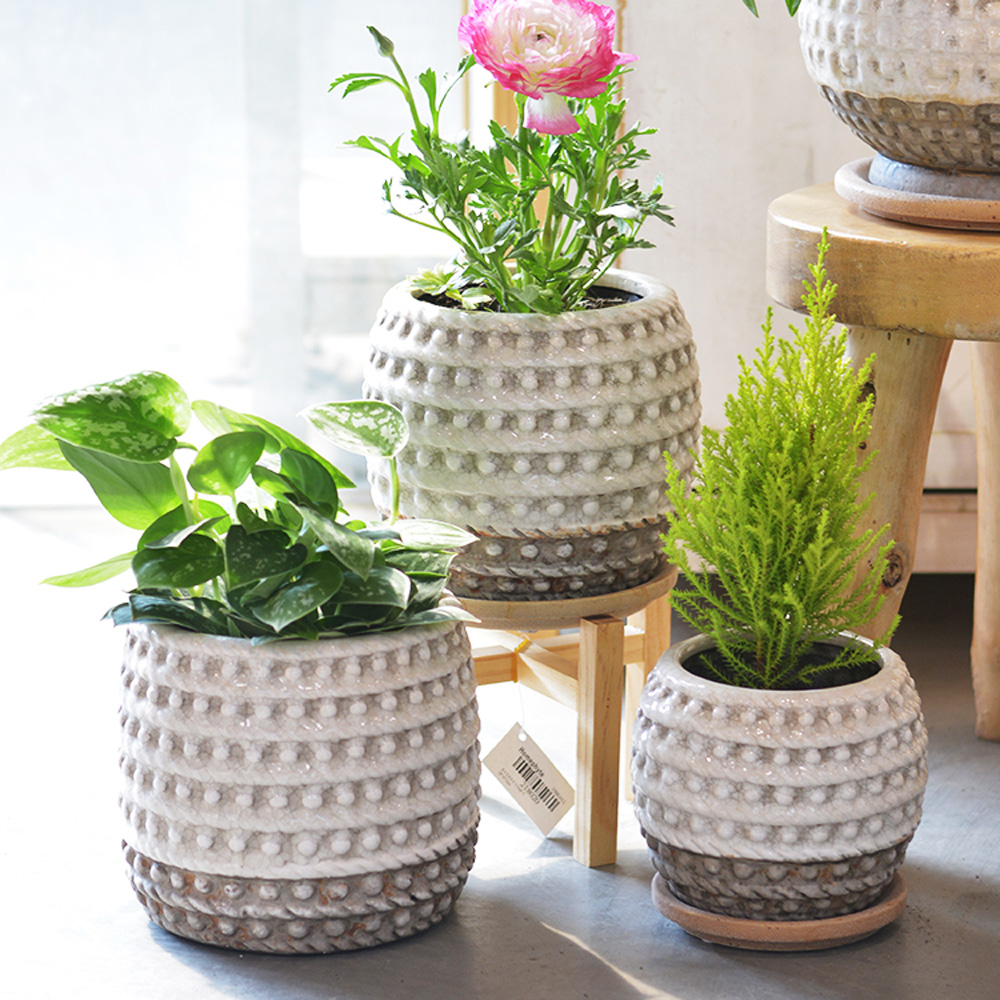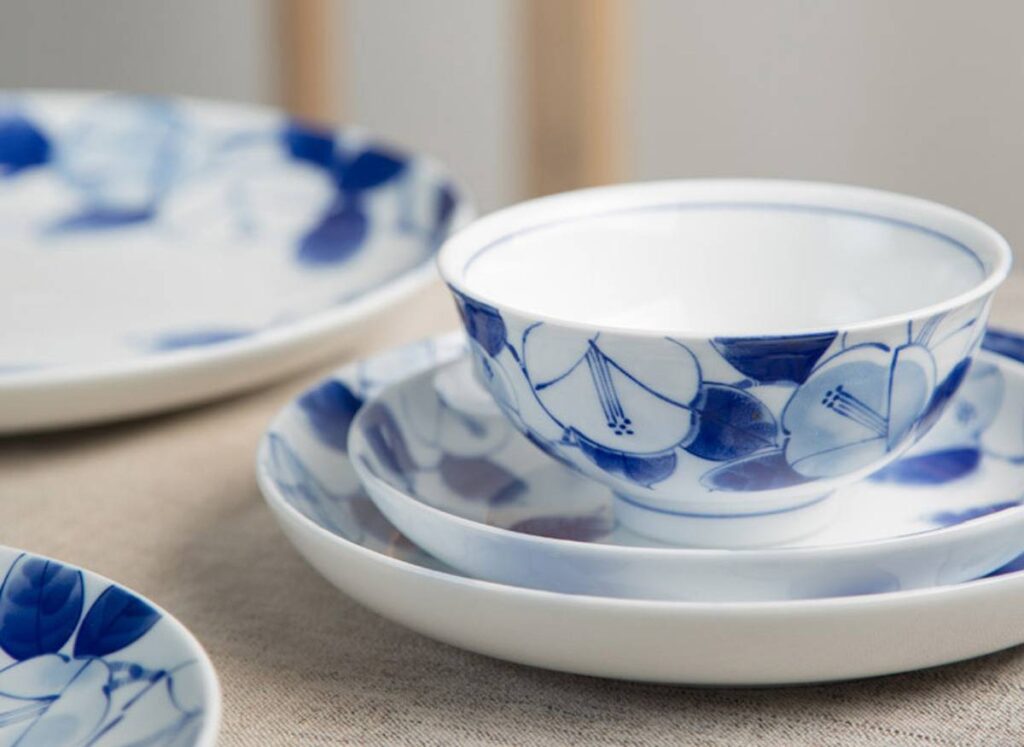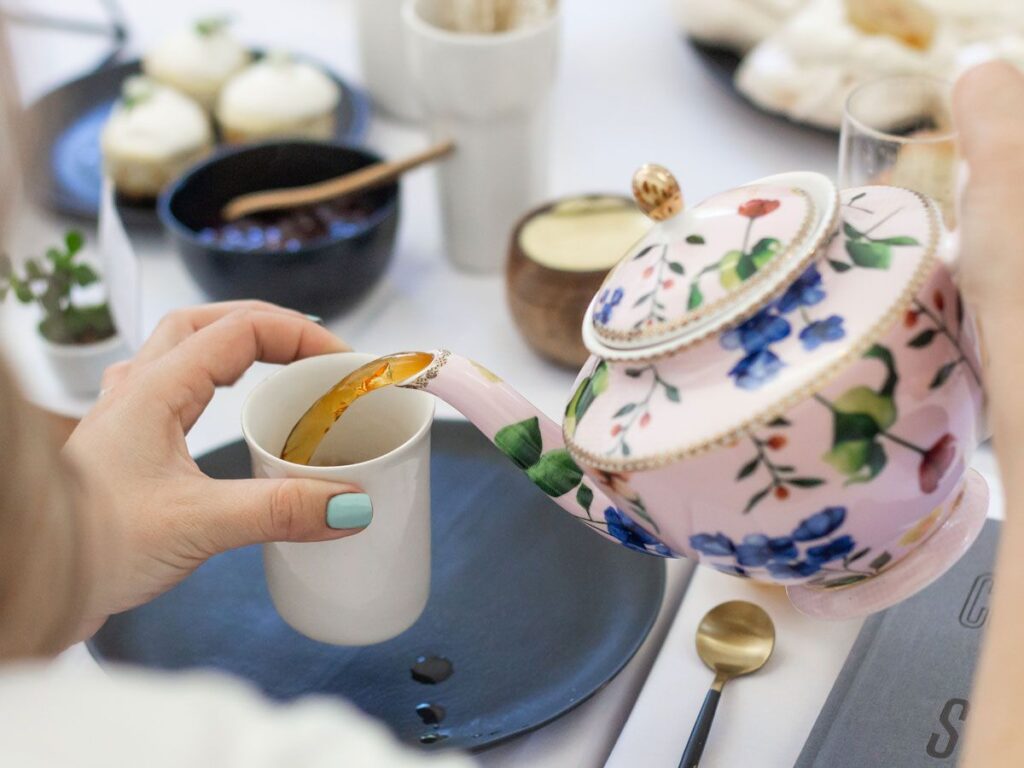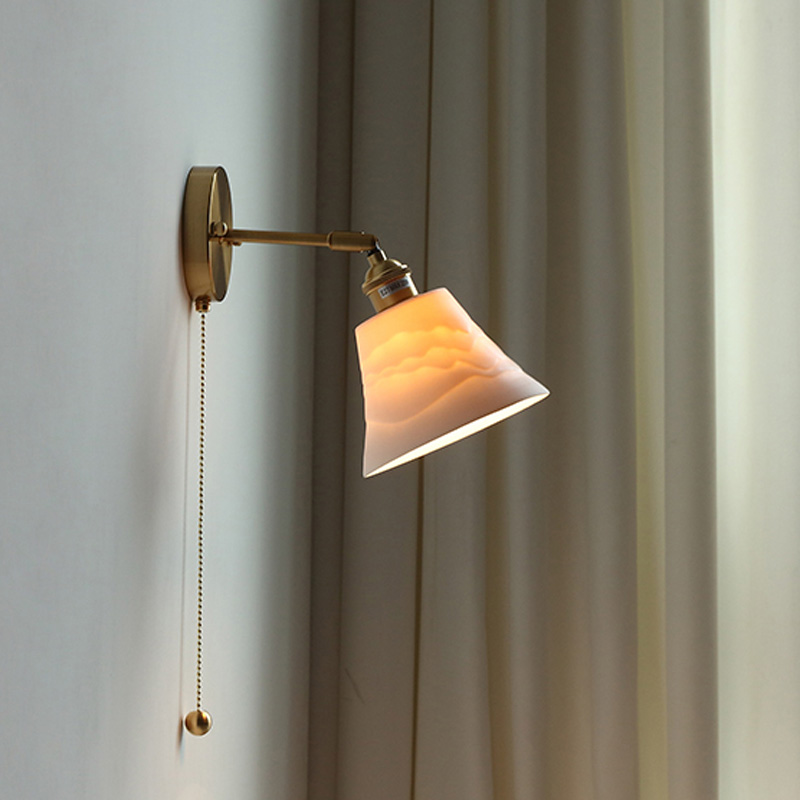Choosing a pot ideally suited to the plant you have just acquired is not complicated, as long as you follow a few simple instructions. For example, size, and material, all of these may affect the growth of the plant. Becasa Porcelain summarizes some tips for picking up the perfect pots.
Do I need a pot cover?
The words “pot” and “cache-pot” are often used interchangeably. However, for indoor plants, a distinction must be made between the “planting pot” in which you display your purchased plants, and the “storage pot” in which you display your plants.
The first type is equipped with one or more holes in the bottom of the pot to drain excess water from the irrigation. The second, on the other hand, is essentially decorative and is not pierced.
However, if you do not want to use a storage pot, you must protect your furniture and floor by placing a saucer under your planting ceramic pot.
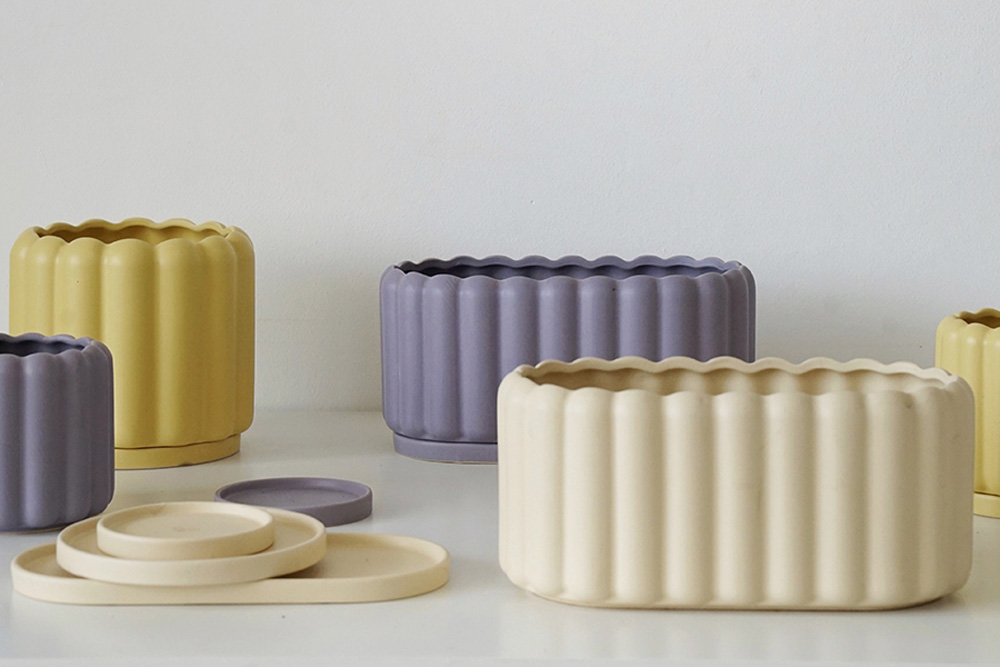
Does the size of the pot matter?
Yes, it does. The pot must be large enough for your plants to grow.
In fact, it is not only the pot’s diameter that matters for plant growth, but also its depth. A shallower depth is better for creeping, drought-tolerant plants, such as succulents. On the other hand, large ornamental plants need to be paired with tall and wide pots to look more harmonious and conducive to growth.
In addition, as with children’s clothing, your pot must grow with the plant. This way, the plant will grow better looking. Therefore, it is recommended to change the pots regularly. For example, once a year or every 2 years, but it still depends on the species of the plant.
The ideal size of a pot is directly proportional to the size of the plant. It is generally accepted that the pot should correspond to one-third of the plant’s height. Finally, make sure your pot is slightly larger than the size of the planting pot so that you can easily remove it and put it back in place.
Does my pot need to drain or hold water?
The truth is, most plants hate rooting in the water!
To avoid this, make sure to drain the water from the pot. Therefore, choosing a planting pot with a drainage hole will suit most plants better. As a tip, you can lay a 4-5 cm thick layer of clay pebbles or gravel at the bottom of the pot to create a buffer zone. This way, excess watering can flow into it. And it limits the risk of root rot to a great extent.
Of course, there is another combination, which is a pot + cache pot. The advantage of this is that you can go upstairs to check and remove any excess water that may have remained 30 minutes after watering. In addition, a cache pot is especially interesting if you are away a lot and are not sure if you can water your plants regularly.
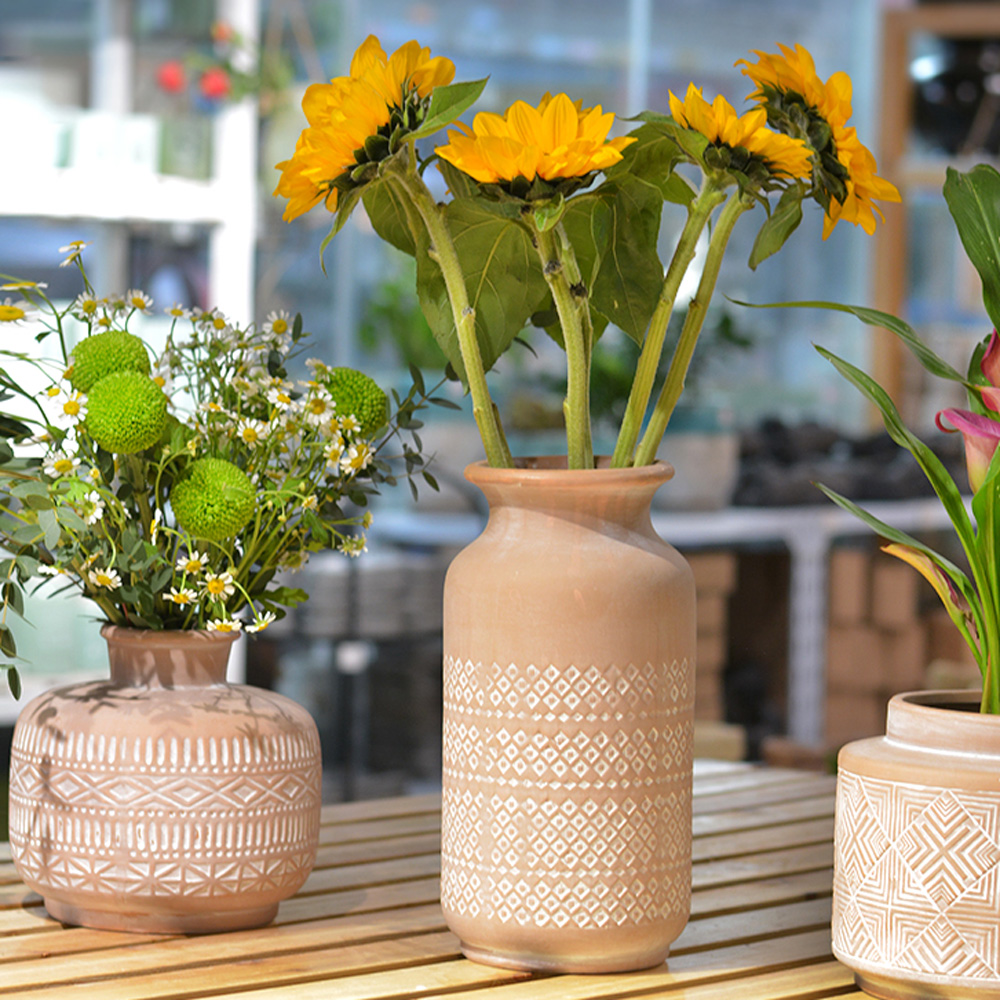
Which material do I choose for the pot?
On top, you can find a variety of planter materials everywhere: terra cotta, ceramic, wood, or plastic. Each material has its advantages and disadvantages. So this is a point that you must take into account when growing plants.
- Ceramic: Its porous nature is both an advantage and a disadvantage. It allows the roots to breathe and dry between waterings, but the water evaporates more quickly and you must be more aware of the plant’s needs.
- Wood: Mainly used for shrubs or tall plants. Take care to have a tarpaulin and water storage system inside to control watering.
- Plastic: Sturdy, inexpensive, and increasingly recycled. Plastic planters are lightweight and sturdy, making them ideal for large plants.

When should I replace the pot again?
This depends entirely on where you bought the plant. Usually, a pot change is needed because the plant you just bought is taking up all the space in its growing pot. There is an obvious sign of this, such as the roots sticking out of the pot. This can cause the roots to be unable to draw nutrients from the original soil. It is time to change the pot and bring in a fresh and rich mixture. Therefore, you will take this opportunity to provide your plant with a larger pot to stimulate its growth.
Maintenance of flower pots and planters
For most planters, especially ceramic or plastic ones, a wipe with a cloth is enough to maintain their beautiful appearance. Other materials are more fragile and require regular maintenance:.
- Ceramic pots can become soiled by mineral salts and fertilizers. It is then a matter of soaking and brushing them so that they regain their beautiful appearance.
- Metal parts can rust. In this case, it is necessary to sand them in order to refurbish them.
- Wooden pots must be oiled or varnished to maintain a good finish.
- Wicker planters will eventually deteriorate. They will then need to be replaced.
However, it is necessary to disinfect the inside of the cache pot when changing pots, especially if your plants are sick or infected.
